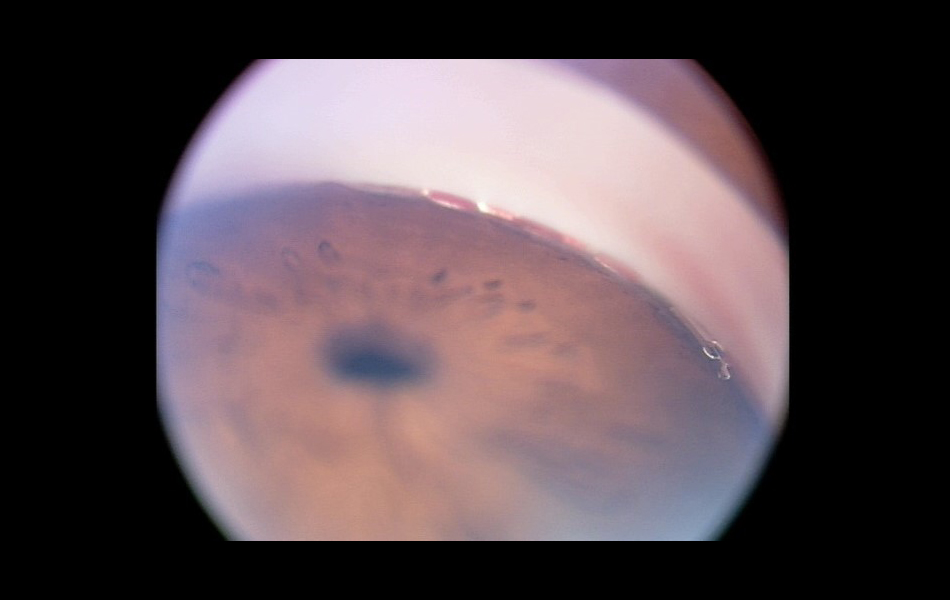Glaucoma remains the leading cause of blindness worldwide (click here for more about glaucoma). Whilst there is no ‘cure’ for the disease, lowering the internal eye pressure (intraocular pressure – IOP) slows the rate of progression of the condition.
TRADITIONAL APPROACH
In general, treatment protocol for glaucoma starts with the use of eye drops and/or laser (click here for more on laser treatment for glaucoma), both of which effectively lower intraocular pressure (IOP) without too many side effects for most patients. However, for some patients, these conservative treatments may fail to bring the eye pressure down low enough. For others, the burden of needing to use multiple drops daily or intolerable side effects from the medication may necessitate surgery to control the intraocular pressure.
Traditional glaucoma operations such as Trabeculectomy (click here for more on trabeculectomy) and ‘Tube’ surgery are very effective in lowering intraocular pressure. Their efficacy however, also comes with a degree of risk of potential side effects and complications that make their use less desirable. As such, these traditional ‘filtration’ glaucoma surgeries are usually considered as an ‘end of line’ procedure, reserved for more severe disease when all other options have failed.
Figure 1

Figure 2

NEW MINIMALLY INVASIVE GLAUCOMA SURGERY
Technological advances have now opened up new surgical options for treating patients with less severe glaucoma earlier. This group of new surgical techniques called ‘Minimally Invasive Glaucoma Surgery’ or ‘MIGS’ are much safer, faster to perform and can be done at the same time as cataract surgery. The most common technique involves inserting a very small stent in the ‘Trabecular Meshwork’ of the eye – a part of the eye that normally drains fluid out of the eyeball. Various stents such as the iStent® (Figure 1) and the Hydrus™ (Figure 2) aim to improve flow of fluid out of the trabecular meshwork, lowering the intraocular pressure.
These devices are particularly helpful in patients with mild to moderate glaucoma who also require treatment for their cataract. Insertion of these devices performed at the same time as cataract surgery offer significant advantages in potentially reducing the requirement of glaucoma medication and lower intraocular pressure with minimal increase in surgical time or risk. In various clinical studies, around 75% of suitable patients can come off glaucoma medications after these procedures.
Dr Yuen underwent fellowship training in MIGS surgery at the renowned Manchester Royal Eye Hospital and was the first surgeon in Western Australia to perform implantation of both the iStent® and Hydrus™ stent device locally. Our doctors at Applecross Eye Clinic can discuss with you whether these procedures may be suitable in the treatment of your glaucoma.
PROCEDURE & POST-OPERATIVE CARE
Insertion of glaucoma micro-stents are performed under local anaesthetic. It is a painless procedure either done independently as a separate operation or combined with cataract surgery.
It is common to experience transient blurring of vision following a MIGS procedure and usually improves over the following week. Usually, glaucoma medications are stopped at the time of surgery and re-introduced during follow-up period if required. Otherwise, no other specific ‘after-care’ is required apart from keeping the eye clean and using the routine post-operative antibiotic and anti-inflammatory drops prescribed. If you have any further questions regarding MIGS procedure. Please ask our doctors at Applecross Eye Clinic.

